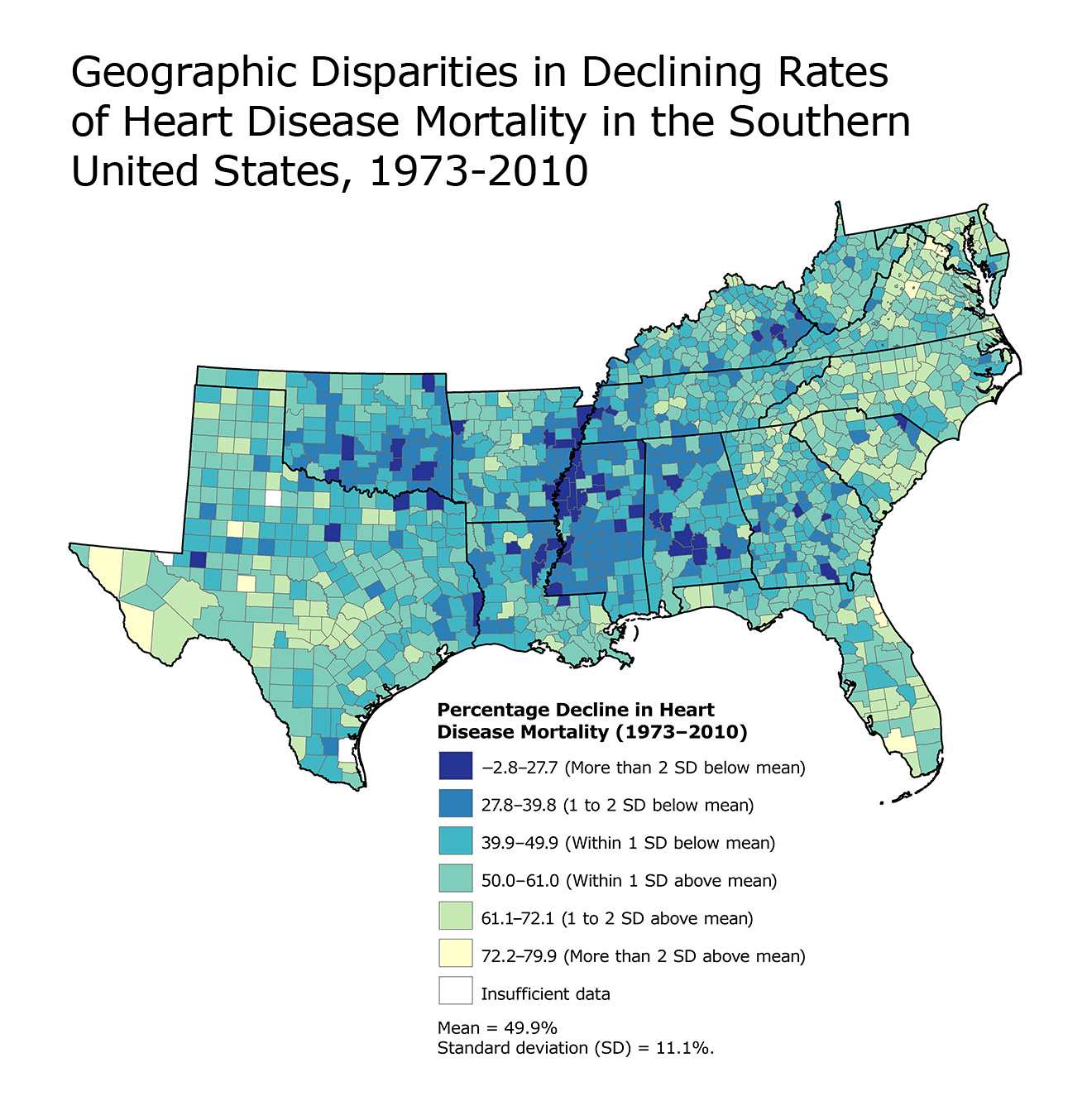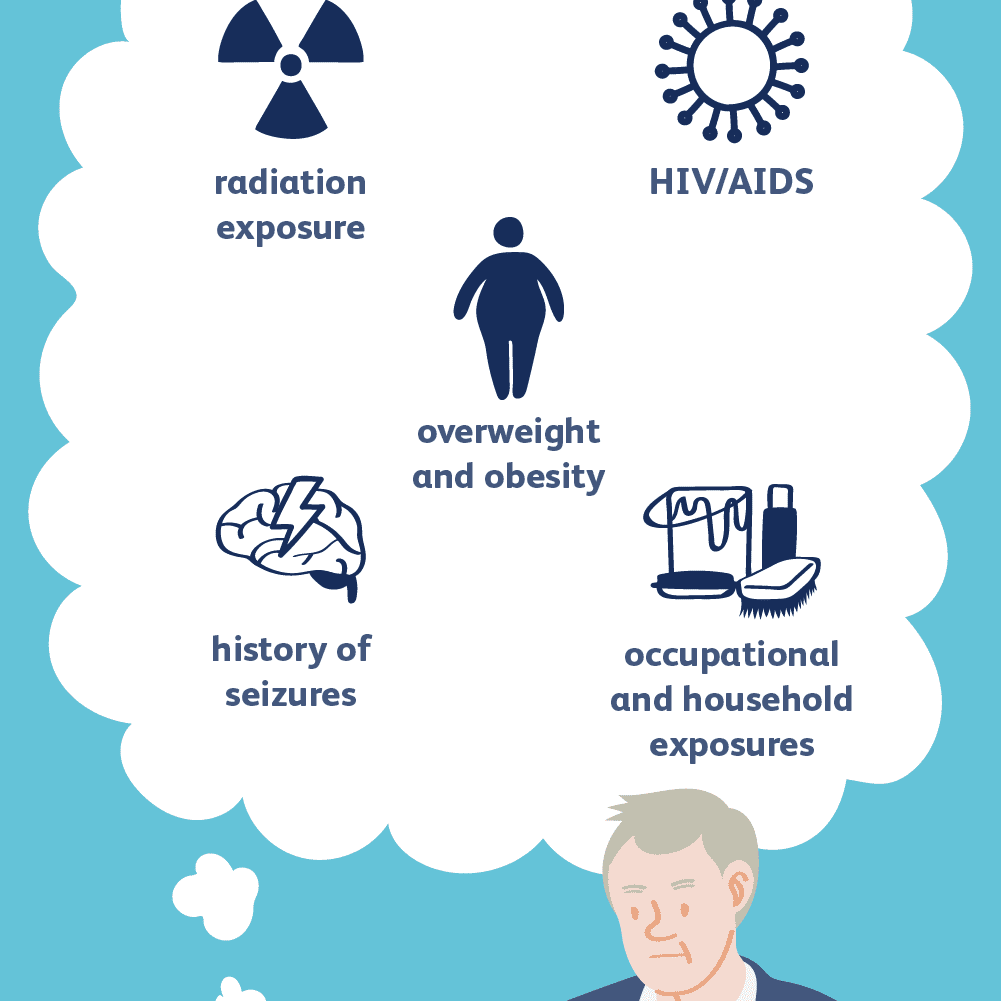Mortality rates disparities, particularly among infants, reveal a troubling trend in American healthcare that continues to perplex health officials and researchers alike. Despite significant advances in medical technology and public health initiatives, the gap in infant mortality rates has widened, with Black infants dying at twice the rate of their white counterparts. A recent study encompassing nearly 70 years of data highlights not only the overall improvements in life expectancy for both racial groups but also the deep-rooted healthcare inequality that persists. While adults may experience a narrowing gap, the stark reality facing Black infants paints a grim picture of racial health disparities that demand urgent attention. As we explore the factors contributing to these alarming statistics, it becomes clear that addressing these life expectancy gaps is critical for a healthier future for all Americans.
Exploring disparities in mortality rates unveils significant imbalances in health outcomes across different racial and ethnic communities. The troubling statistics, particularly regarding infant mortality, emphasize a growing concern over healthcare inequities that adversely affect marginalized groups. Despite advancements in life expectancy, comparative analyses reveal a stark contrast between health outcomes for Black and white Americans, prompting an essential dialogue on racial health disparities. Such life expectancy disparities underscore the urgent need for comprehensive strategies to eliminate these inequalities and ensure equitable access to quality healthcare for all populations. Recognizing this dual narrative of progress for some and stagnation for others is crucial in shaping the future of public health policy.
Understanding Mortality Rates Disparities Among Races
Mortality rates disparities have been a persistent issue in the United States, particularly between Black and white populations. Recent analyses reveal that while overall life expectancy for both groups has improved significantly since the 1950s, these gains have not been evenly distributed. This is especially apparent in the infant mortality rates, where a stark contrast persists. Black infants experience mortality rates that are disproportionately higher, highlighting a critical area of inequality that has widened over the decades despite advancements in healthcare.
The ongoing disparities in mortality rates serve as a poignant reminder of the systemic inequalities that affect access to quality healthcare. Factors such as socioeconomic status, geographic location, and the availability of health services contribute to these disparities. Notably, the study indicates that Black infants are currently dying at twice the rate of their white counterparts, further underscoring the need for targeted interventions to bridge this alarming gap.
Frequently Asked Questions
What are the key findings regarding mortality rates disparities between Black and white Americans?
A recent study spanning from 1950 to 2019 indicates that while overall mortality rates disparities between Black and white Americans have narrowed, the situation is alarming for infants. Black infants now face a mortality rate that is twice as high as that of white infants, which has worsened from 92 percent higher in the 1950s to 115 percent today. This highlights significant healthcare inequality within infant mortality rates.
How do infant mortality rates disparities reflect broader healthcare inequality?
Infant mortality rates disparities are a stark indicator of healthcare inequality, revealing issues such as access to quality prenatal care and medical resources. The widening gap in mortality rates between Black and white infants underscores the urgent need for improved healthcare policies. Factors like medical conditions during pregnancy greatly impact these disparities, emphasizing that progress in healthcare does not equate to equity for all racial groups.
What historical trends have influenced life expectancy gaps and mortality rates disparities?
Over the past 70 years, life expectancy has generally increased for both Black and white Americans. Black Americans saw a 20.4% rise in life expectancy, while white Americans experienced a 13% increase. However, the racial mortality rates disparities persist, with Black adults still facing an 18% higher mortality rate overall. This historical context reveals that even with advancements in healthcare, systemic inequalities remain.
Why do mortality rates disparities persist despite overall improvements in life expectancy?
Mortality rates disparities persist due to multifaceted factors, including systemic healthcare inequality, socio-economic disparities, and varying access to quality medical care. Although life expectancy has improved across racial lines, the health outcomes, particularly for Black infants, demonstrate that improvements have not been equitable. Continued research and policy action are vital to address these enduring issues.
What implications do mortality rates disparities have for public policy?
The persistence of mortality rates disparities, especially for Black infants, calls for urgent attention from public policymakers and health authorities. With findings that suggest 5 million Black American lives could have been saved, it’s crucial for public health initiatives to focus on reducing these gaps through equitable healthcare access, better prenatal care, and targeted health interventions.
How do healthcare interventions address racial health disparities in infant mortality rates?
Healthcare interventions aimed at improving prenatal care, enhancing access to health resources, and addressing socio-economic factors can significantly reduce racial health disparities in infant mortality rates. These strategies must be tailored to tackle specific barriers faced by Black families, ensuring that infants receive the necessary medical attention to prevent excess mortality.
| Key Point | Details |
|---|---|
| Mortality rates narrowing overall | Since the 1950s, the disparity in mortality rates between Black and white Americans has decreased for adults. |
| Infant mortality gap widened | Black infants die at twice the rate of white infants; the gap has increased from 92% in the 1950s to 115% today. |
| Improvement in life expectancy | Life expectancy has risen for both races: from 60.5 to 76 years for Black Americans and from 69 to 79.3 years for white Americans. |
| Leading causes of disparities | Medical conditions during pregnancy contribute significantly to higher mortality rates among Black infants. |
| Healthcare inequality | Access and quality of healthcare vary significantly, leading to different outcomes based on race. |
| Call to action for policy change | Research findings highlight the need for public policy to address these disparities and improve healthcare quality equally. |
Summary
Mortality rates disparities remain a pressing issue as new research indicates that while overall mortality rates between Black and white Americans have narrowed since the 1950s, the situation for infants has tragically worsened. The vital statistics from a 70-year study reveal alarming trends: Black infants are now twice as likely to die as white infants. Urgent attention is needed from policymakers to address healthcare inequalities affecting Black communities, especially concerning infant mortality, which is often linked to medical conditions arising from disparities in care quality and access. This continued widening gap demands immediate action to ensure equitable healthcare for all.




